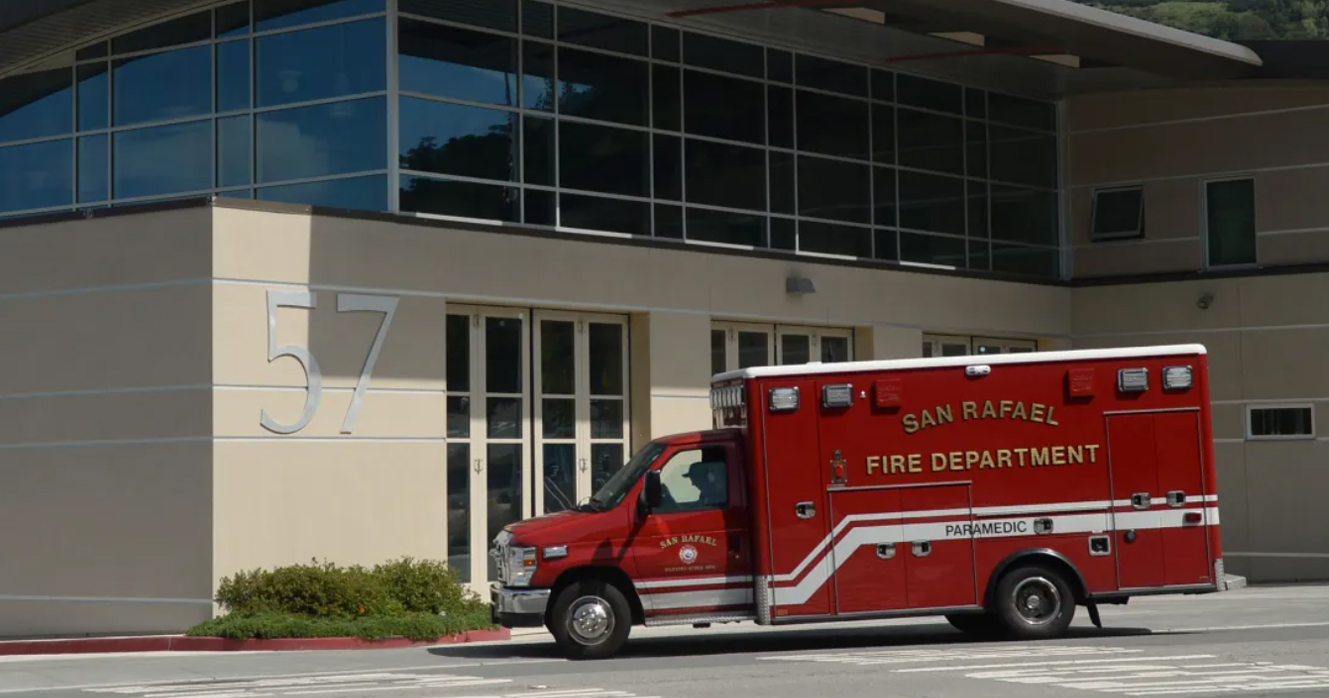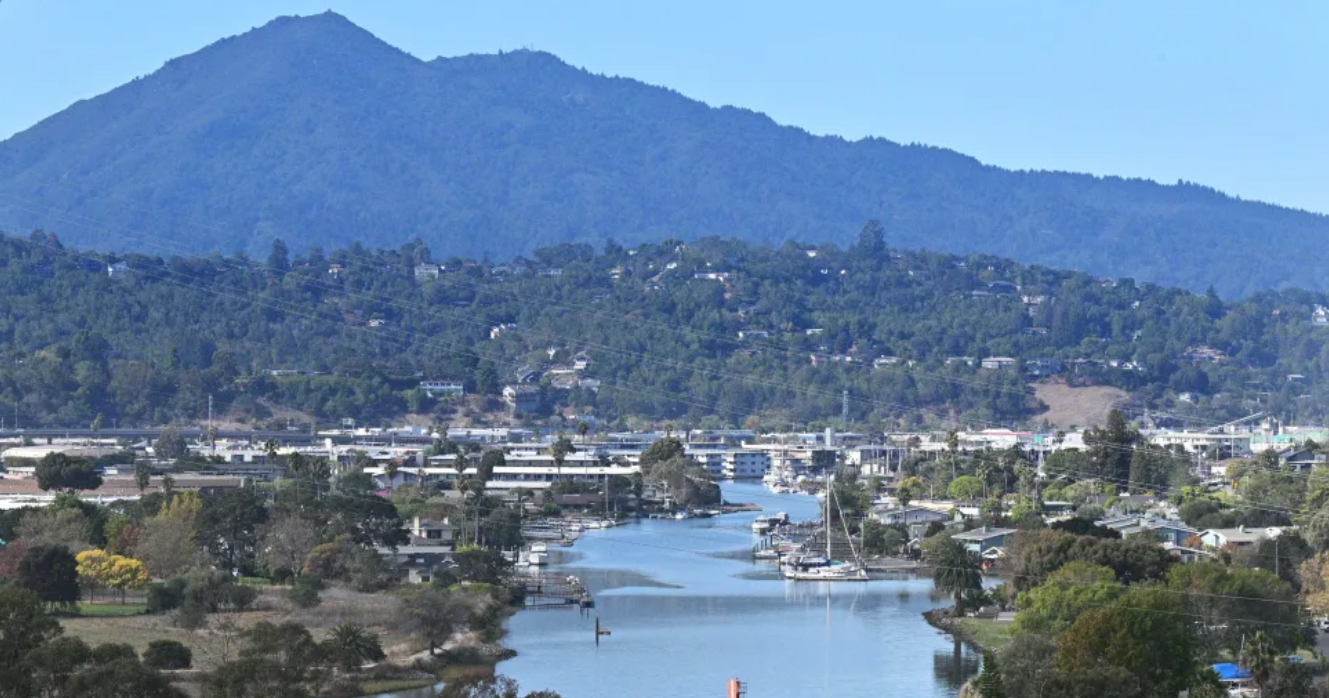Article courtesy of The Marin Independent Journal, April 20, 2023
The San Rafael City Council unanimously approved a $4 increase in the city’s paramedic tax, hitting the tax ceiling at $108 per household.
The 3.85% increase, approved Monday, kicks in July 1 and applies only to residential properties within San Rafael city limits. Santa Venetia and Lucas Valley are taxed at $95 per residence and Marinwood at $85 per residence, the maximum for those service areas. Commercial properties are taxed based on square footage.
Similar to the $5 increase approved last year, this bump is driven by expenses for the $8.9 million program outpacing revenues. If the city wants to raise the tax again, it will need to ask voters in the city and each service area to pass a ballot measure on a two-thirds vote.
“We want to have the best fastest responses using the limited resources we have in terms of our firefighter personnel,” Mayor Kate Colin said. “I look forward to future conversations about it. I think that we will have one in a year or two about how to get it on the ballot.”
Paramedic services are offered through the San Rafael Fire Department. The tax helps fund 18 of the 62 full-time equivalent fire-paramedics on staff, as well as capital projects, vehicles, equipment and supplies. It also ensures a paramedic on every fire engine at all six city fire stations as well as ambulances at four stations.
There has been a paramedic tax in San Rafael since 1979. The new rate is the fifth increase since the latest tax renewal in 2012.
The increase is expected to generate an extra $91,000 a year, providing about 60%, or $5.2 million, of the programs total funding, Thomas Wong, a fire department analyst.
Because residents of San Rafael pay the tax, they are not billed an ambulance fee in the event of a medical emergency, Wong said.
Average response times are under seven minutes. The department responds to more than 8,700 calls for medical service a year. In 2022, nearly 6,300 of those calls required medical evaluation or transport, Wong said.
The call volume at senior care facilities amounts to about 12% to 15% of responses, a number that is expected to increase as new assisted living and retirement community projects open in the coming years, Wong said.
The Aegis Living San Rafael at 800 Mission Ave. is expected to open in early 2025 with 52 assisted living apartments and 54 memory care apartments. Another 67 affordable senior apartments are expected to open this year as part of the Eden Housing and Vivalon senior services campus at 999 Third St.
Wong said such facilities are also subject to the tax at a rate of 14 cents per square foot.
Councilmember Rachel Kertz said she’s happy that these projects are coming online, but if the call volume is expected to continue on an upward trend, she’s concerned the city will need more funding. “(I) absolutely appreciate the fact that we need to do this, but I think we need to — sooner than later — think about, ‘what do we need to do going forward,’” Kertz said.
Councilmember Maribeth Bushey asked staff Monday whether they are strategizing when to consider going to the voters.
Wong said staff would be reviewing projected budgets and revenues.
“When the time comes where our revenues don’t meet our expenditures, that would probably be the time that the City Council would consider that,” Wong said.
Councilmember Eli Hill asked if the city’s newly recruited mobile crises response team, called SAFE (Specialized Assistance for Everyone), is expected to impact on the need for paramedic response.
Wong said there is some anticipated affect, but they won’t know what that is until there is enough data to analyze.
The department is also struggling with recruitment and retention, Wong said.
Fire Chief Darin White said the department has launched a new lateral program to offer more incentives for qualified firefighter-paramedics to transfer to San Rafael. White said just a few years ago there were 2,000 candidates who had received certification for advanced life support and that number has decreased by roughly 75%.
“So agencies are now offering lateral processes far more than they had in the past, trying to draw experienced members from other agencies to join their agency,” White said.
“The question around recruitment and retaining, I think are directly correlated to the fact that it’s getting more expensive and we need to continue do more,” Kertz said.




